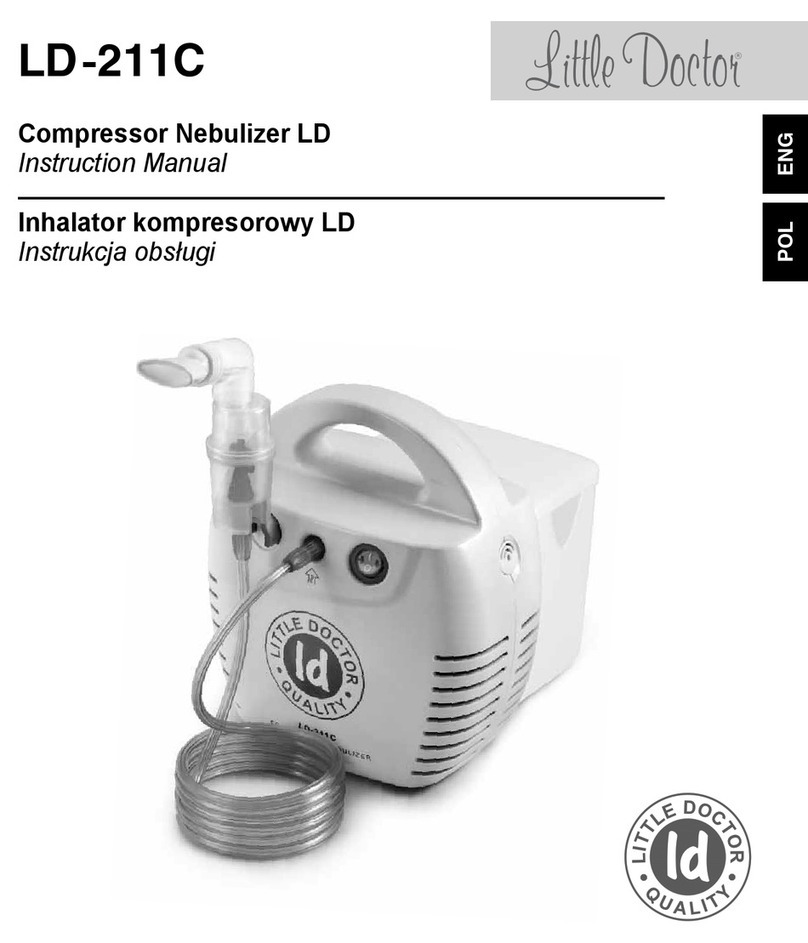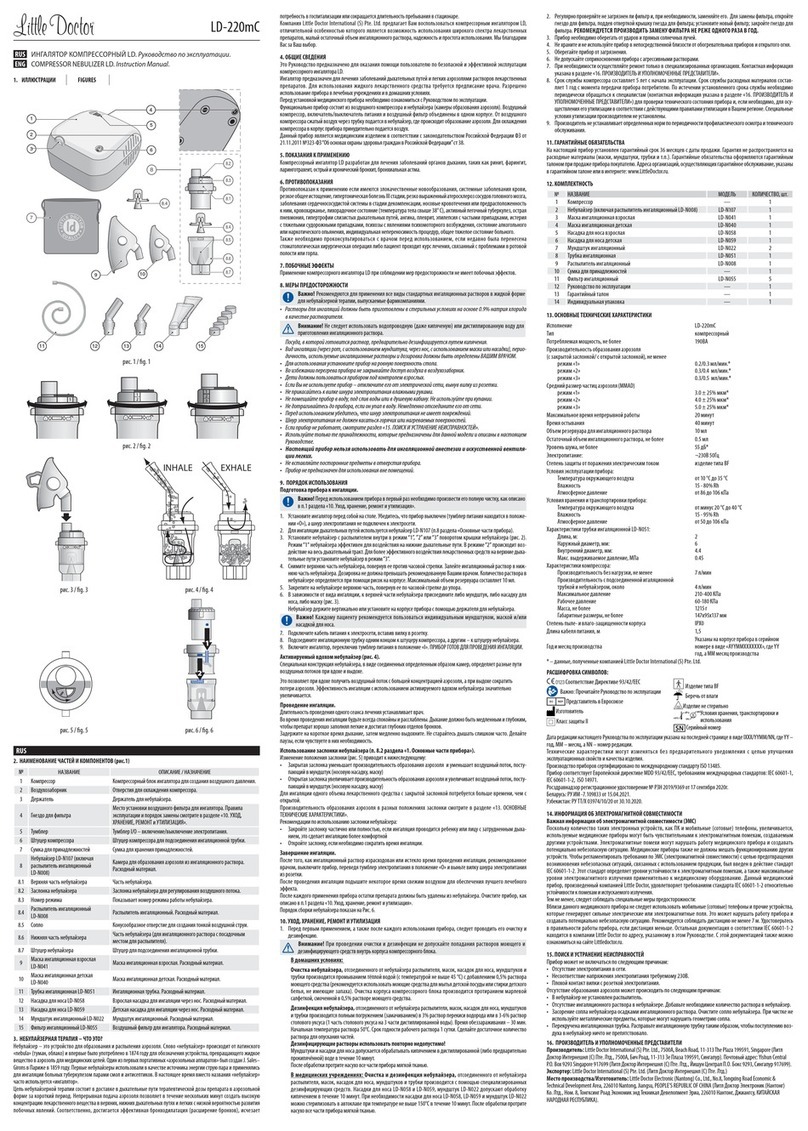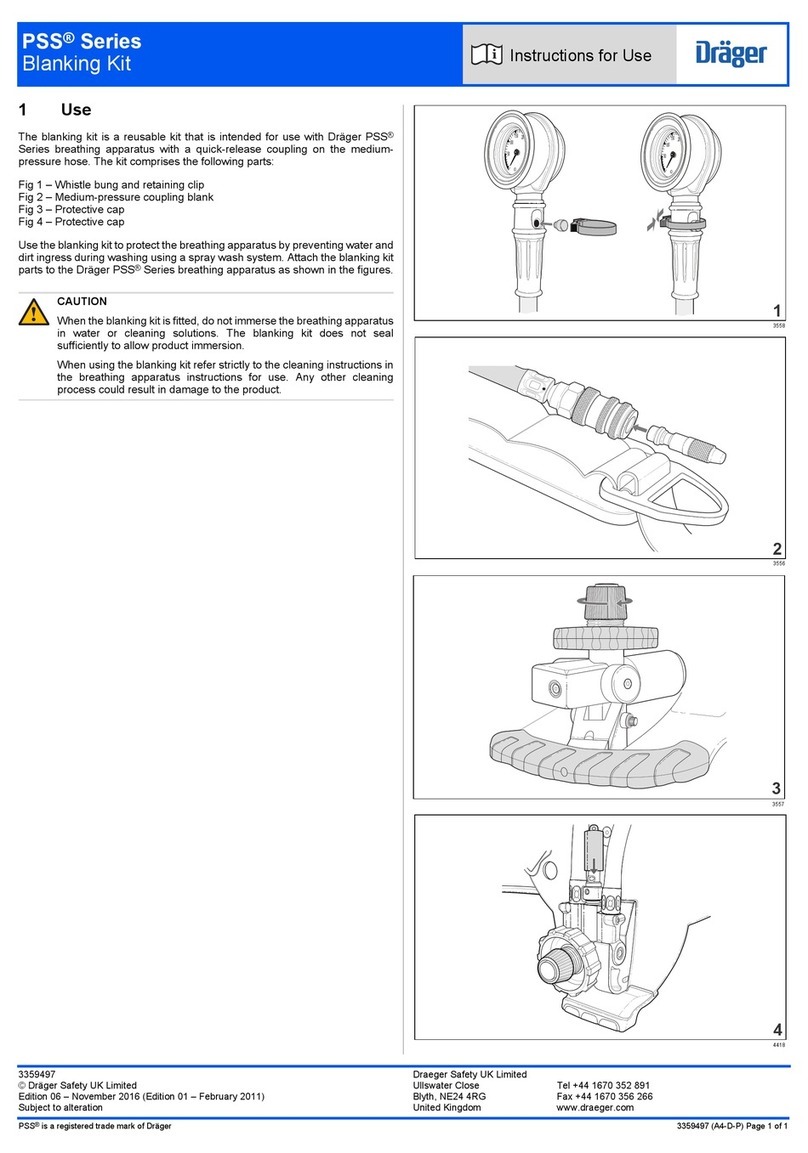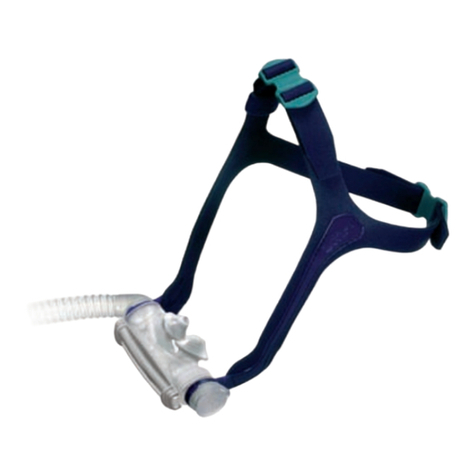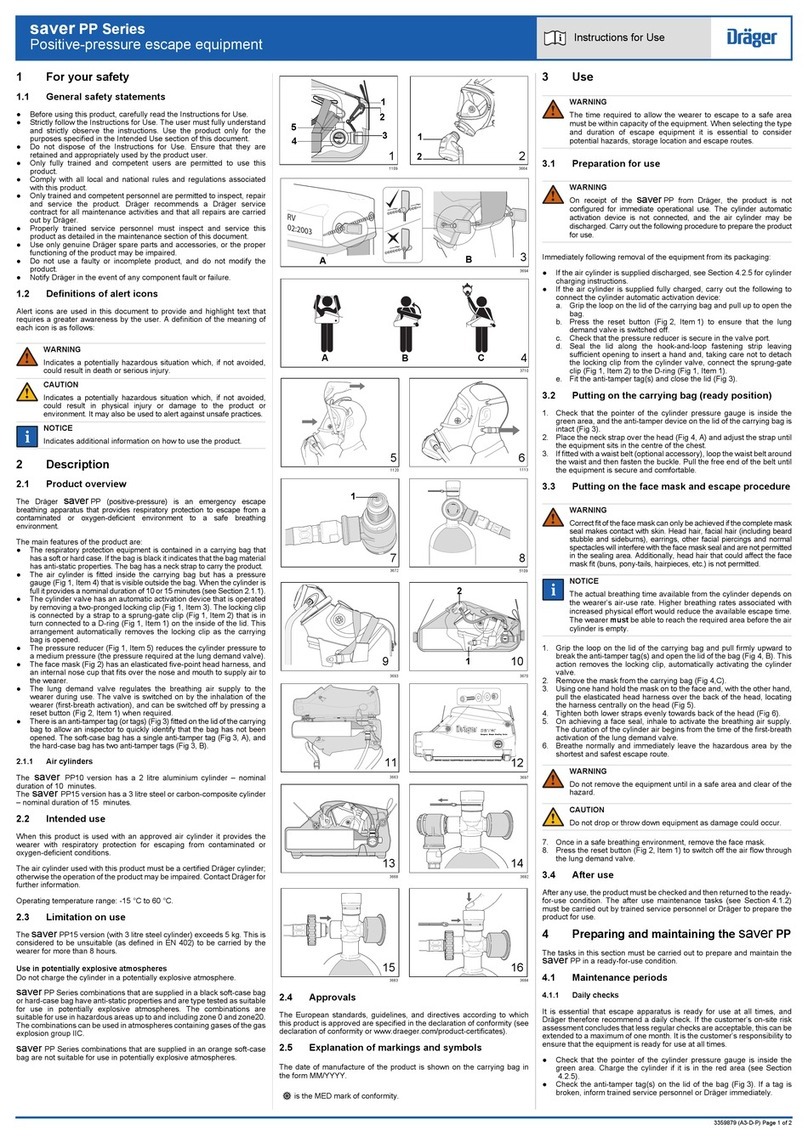ENG
6
• Nature of inhalation (through the mouth using a mouthpiece or a nose, using a mask or a nozzle), the
frequency used by inhalation solutions and dosage should be determined by your physician.
• When using the device on a flat table surface.
• To prevent overheating of the device does not block the access of air to the air intake.
• Children should use the device under adult supervision..
•
If you are not using the device - unplug it from the electrical outlet by removing the plug from the socket.
• Do not touch the power cord plug with wet hands.
• Do not place the device in water, drain, or in the shower. Do not use while bathing.
• Do not touch the device if it fell into the water. Immediately disconnect from the network.
• Before use, make sure the power cord is not damaged.
• The power supply cord must not touch hot or heated surfaces.
• If the device does not work, see «TROUBLESHOOTING TIPS».
• Use only accessories that are designed to LD-210S and described in this manual.
• This unit can not be used for inhalation anesthesia and artificial ventilation.
• Do not insert any object into holes of the device.
• The device is not designed for outdoor use.
USAGE
Preparing for inhalation.
IMPORTANT: Before using the appliance for the first time it is necessary to make
a full cleaning, as described in paragraph 1 of section «CARE, STORAGE,
REPAIR AND DISPOSAL».
1.
Place the nebulizer in front of you on the table. Make sure the device is turned off
(power switch is in position «O»), and the power cord is not plugged into the mains.
2. Remove the top of the nebulizer by turning it counterclockwise (Fig.1).
3. Set the desired dispenser.
In the factory-installed inside the nebulizer spray «B» is blue, which is effective to
affect the entire respiratory tract.
For a more effective impact medicines on the upper respiratory tract, set, instead
of the blue dispenser, red dispenser «C».
For a more effective impact on the lower respiratory tract - dispenser «A» yellow
color, which consists of two parts (Fig. 2, figures indicate the order of assembly).
Graphics of the differential particle size distribution by mass for different nozzles
are shown in Fig. 4.
4. Fill the bottom of the nebulizer inhalation solution. The dosage should not exceed
the recommended by your doctor. The number of nebuliser solution is determined
by the scratches on the case. The maximum reservoir volume of 10 ml.
5. Attach the nebuliser at the top, turning it clockwise until it stops.
6. Attach the mouthpiece for inhalation through the coupling to the top of
the nebulizer (Fig. 3). Depending on the type of inhalation, using either a
mouthpiece or nozzle or mask.
Fig. 1
Fig. 2

